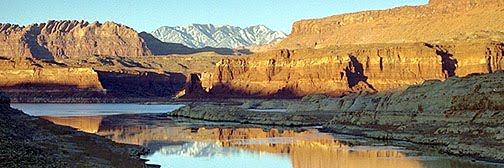In 1874 the Ogden’s were well on their way to financial independence when a small detour occurred. Known formally as the United Order of Enoch, but more commonly referred to as just “the order,” it was a new way of living; an economic and social plan for the Mormon communities in the Great Basin patterned something like what the saints tried to live back in Kirkland.
Formed under the counsel and instruction of Brigham Young, families in a geographical area such as a stake, formed a cooperative organization and placed their land, cattle, sheep, machinery and all other worldly possessions into the order for the benefit of the group. There was somewhere around 220 different orders organized in the territory during this time frame.

William and Mary and the offspring had been in the Sevier Valley over a year by this time and were beginning to show some signs of prosperity. Their response to the counsel to form an Order is detailed in the history of young William Ogden Jr., who was 20 years old at the time. From his history we read:
“The Ogden’s, following their belief that they should obey council, joined the one in Richfield and turned in the goods, land, and money which they had accumulated both individually and collectively. William Jr. had collected some little cash by his freighting and this was turned into the Order, along with a yearling steer and the land which he had drawn.”
“As William approached the age of twenty-three, he felt that he should begin preparations to get married; so he approached the United Order Board with a request that they build him a two room house with a cellar. Some of the members thought this was too elaborate for a young man, even though he had been faithful in performing his duties as a member of the Order. They wanted to compromise with one room and a lean-too with a cellar, or two rooms without the cellar; but William had his mind made up, and he insisted on what he wanted until finally they agreed to let him proceed to build the type of house he asked for.
William Jr. felt that he would like a little change in the color of his new home, so he spent many nights after work going to Glenwood to get white clay to make his adobes with. The United Order furnished most of the lumber and. other materials for his house, but he had to get the shingles outside of the Order. William's father was a good mason and carpenter and work was commenced on the house in the fall of 1877.”
William married Emma Fraser on October 27, 1877 in the St. George Temple. They returned to Richfield and lived with his parents until the white adobe house was completed in July of the following year.
Part two on the United Order will explain what happened on the way to being translated.
 After the demise of the United Order, the
After the demise of the United Order, the 



